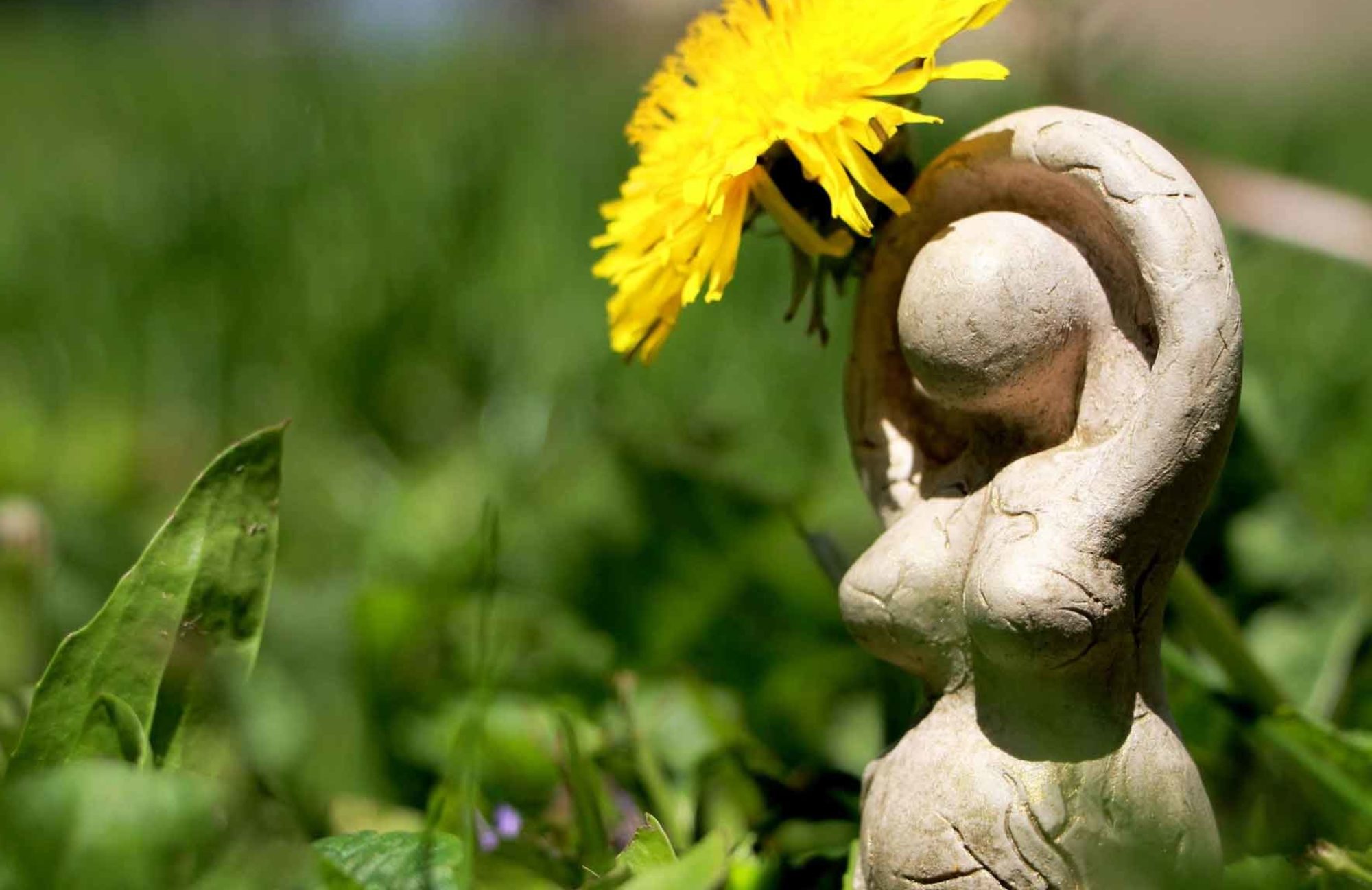by Joan Cichon, ASWM Board member
I first read Professor Miranda Shaw’s Passionate Enlightenment: Women in Tantric Buddhism ten years ago, and I still remember how impressed I was with the depth of her scholarship and insights. Therefore, it was with great anticipation that I looked forward to her presentation “Living Goddesses: Embodying the Divine in Buddhist Nepal” at ASWM’s East Symposium.
For her keynote address, Dr. Shaw began by briefly telling us about how she became interested in women in Buddhism. One important factor was the representations of the yoginis she saw: as she looked into their eyes, and observed the ferocious intensity, she knew that there was an important part that had been left out of the story of the evolution of Buddhism. Thus she researched and wrote Passionate Enlightenment.
Her presentation at the symposium centered on the Vasudhara festival in Nepal. Vasudhara, a female bodhisattva of wealth, prosperity and abundance, is extremely popular among the Newari Buddhists of Katmandu. With the help of wonderful photographs that she herself took while witnessing the Vasudhara festival, Professor Shaw explained the stages in this woman-only festival.
After preparing their offerings and purifying themselves, the Buddhist women of Katmandu, dressed in the color of the Goddess, golden-yellow, process through the town stopping at each of the forty-five shrines to Vasudhara to leave their offerings and request the Goddess’s blessings. Young, old, women of all ages participate, carrying trays of beautifully arranged food and other offerings, including the staple of the Nepalese diet—rice. At each shrine the individual offerings are re-arranged into several large offerings, works of art really, and the statutes of the Goddess are covered with flowers, jewelry and other offerings. Visiting each shrine and giving the offerings takes over ten hours in extremely hot weather, yet by the end, rather than looking tired and disheveled, each woman glows with an inner light, as the photographs Professor Shaw shared with us illustrated. At the end of the festival, each woman has become the Goddess, and is considered to be an embodiment of Vasudhara Herself. Looking at the photographs of those beautiful women, I wished that we women in the U.S. had grown up within a tradition that not only encouraged us to worship a Divine Feminine, but to embody Her as well.
The second half of Dr. Shaw’s presentation focused on another embodiment of the Goddess in Nepalese Buddhist tradition: the Royal Kumari. This is the tradition in which a very young girl child, usually 1-3 years of age, is chosen to embody the Goddess Durga and is worshipped as the embodiment of the Goddess until she reaches puberty, at which time she is replaced by another young girl. During her tenure as Goddess, the young girl dresses in red and has the “fire-eye” painted on her forehead; she is carried everywhere in a palanquin; and, most importantly, she carries out a number of ceremonial duties. The Royal Kumari inspires awe and devotion among the Newari Buddhists, and even the prime minister kneels at her feet to receive her blessings when he assumes office. Dr. Shaw’s discussion of the Royal Kumari was also accompanied by beautiful photographs.
Dr. Shaw is a wonderfully engaging speaker, and a lovely woman who exudes warmth and joy. Her keynote was the perfect opening to a stimulating symposium.
I am looking forward to reading her new book Buddhist Goddesses of India, and to the publication of her next work Buddhist Goddesses of Tibet and Nepal.



Dear all,
Just as Christians are blinded to the primacy/connection of the sun’s “birth, growth, dying and resurrection”, and the “female” religious philosophy of the entire Egyptian region, the soil in which Christianity was founded, I would really love to explain to you the unknown history (prehistory) of the world to enable you to see the “Egg/Seed” at the centre of all these mysteries. So diligently we research all the twigs and branches, when the knowledge essence of the root is available. In fact, it is possible to become, not just to worship, admire or research. It is a choice however that requires a walk between the worlds (the old world that is the new world), in spiritual praxis. More than cyborgs or psychic deities, more than utopia or collective creativity, we are talking about the origins of one, two, three and a,b,c: the unlimited history and geography of the world. Best wishes and love, BK Jenny